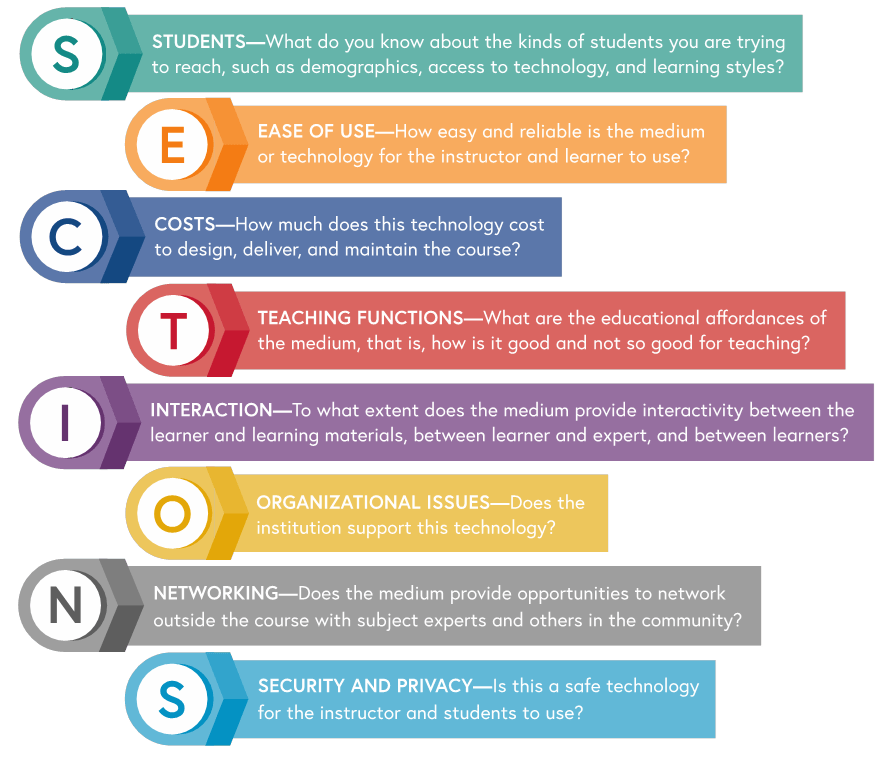This week we learned all about two theories to have as resources when choosing technologies to use in our future classrooms. I found this to be really helpful to evaluate a resource and reflect on the objective of using a technological resource. We also learned all about Sketchnote and Canva. It was a great reminder of how useful drawing and taking notes simultaneously are for memory and comprehension. It has made me think that I should probably start bringing a blank notebook to class!
How can the SAMR theory of technology adoption help you evaluate technologies that you might consider using in your classroom?
This theory helps with generally reflecting on what the true use of the technology is for. Is it acting as a substitute where hand-drawing or doing it another way would yield the same result? Will it improve upon the function of the activity or assignment?
This model helps to think about different components of usefulness such as equity, prior skills needed to use the technology introduced, and whether it is age-appropriate (for example, we talked as a class how making a WordPress blog probably wouldn’t be appropriate for a Kindergarten class). It really made me think critically about what the technology I introduce to students is for and what the pros and cons to using the technology might be.

How could the SECTIONS model help you select the most appropriate tool or technology to help meet your learning objectives for your class?
The sections model gets into a lot more detail of what needs to be considered when choosing to integrate a technological tool into your classroom. How might certain technologies fit the needs of your students or not fit the needs of your students? What about equitability? Do students have access to this technology at home? This theory also addresses questions that I hadn’t thought of. For example, I never really considered the cost of time for a teacher to learn how to use the technology (I feel like this is common among teachers who just want to bring great things to the classroom without thinking of the extra work it is for them). Another important consideration brought up is the privacy and security issue and if it is a technology that can be used by the school. I imagine that many incoming teachers (myself included) could be tempted to integrate all kinds of technology, but it all needs to be cross-checked with what the school allows. This model truly demonstrates the complex considerations when introducing technology to the classroom.

Could sketchnoting benefit learners in the grade level you hope to teach at? If so how?
I am hoping to teach upper elementary or middle school and I can definitely envision Sketchnoting being a useful tool for students at those grade levels. When I was observing grade 6 last semester, students were constantly doodling and drawing, so why not encourage students to turn some of that doodling into a productive way to pay attention in class?
Something I wonder is if this is a technique that should be explicitly taught to students in order for it to be used effectively? Or do you verbally encourage drawings in notes? I assume explicitly teaching could be helpful…


Overall, I found this to be really useful in making sure I keep being mindful about technology use and whether or not it is actually appropriate for certain lessons or activities. I also found comparing Canva and Sketchnote to be interesting because I think there are benefits to using both. Sketchnote is cool because of the pen to paper technique and having it be a productive way to take notes for personal use. I do think that Canva might be a more useful tool for creating items to share with a broader community, as it is a clear and organized way to share information with lots of colour and other graphic design elements that can draw a reader’s attention!
Thank you for stopping by! Please feel free to leave a comment, I would love to hear your thoughts!
Ms. J

Leave a Reply
You must be logged in to post a comment.